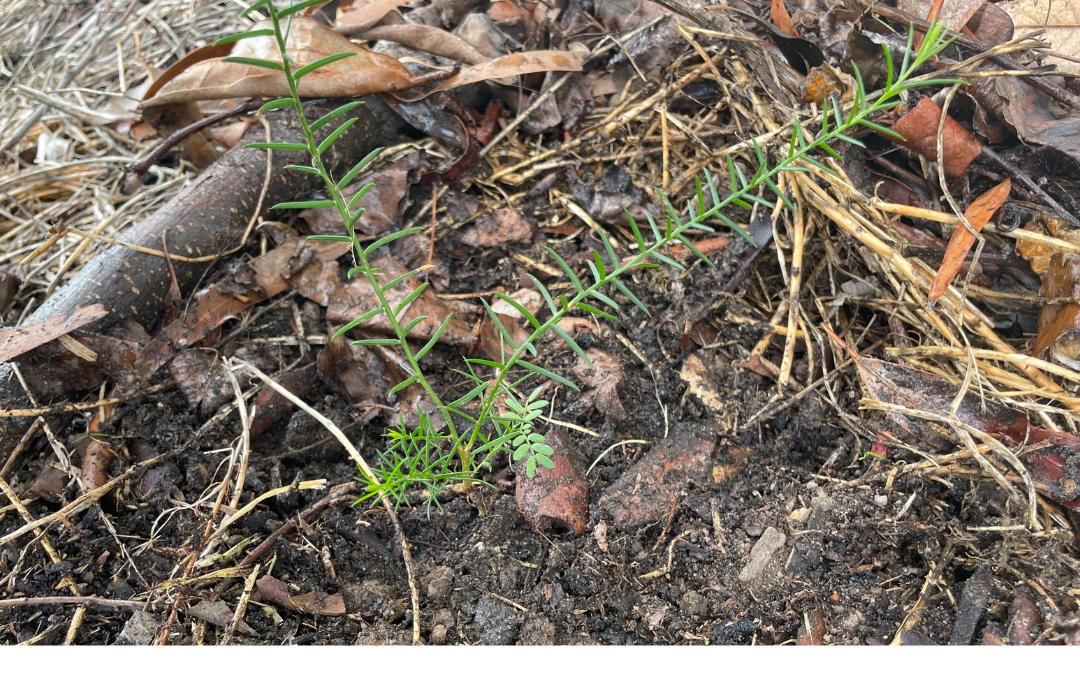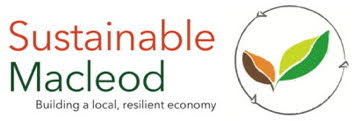Juvenile Foliage

What’s the point of different juvenile foliage?
Walk through any patch of bushland Melbourne and you might notice that some young plants look surprisingly different from their mature counterparts. This is especially noticeable in eucalypts and wattles, where juvenile leaves often differ in shape, size, and texture from adult foliage. But why do these changes occur?
The answer lies in adaptation and survival. Juvenile foliage serves specific purposes that help plants thrive in the early stages of their life. A great local example is Eucalyptus polyanthemos (red box), common in dry forests near to Macleod. As a young plant, red box has broad, round, silvery-blue leaves arranged in opposite pairs. These leaves are excellent for capturing light in the understory. As the tree matures, the leaves become narrower, greener, and alternate, helping reduce water loss and withstand sun and wind exposure.
Another local example is Spreading wattle (Acacia genistifolia). Seedlings initially develop bipinnate juvenile leaves, which are feathery with many small leaflets arranged along a central stalk. As the plant matures, these are typically replaced by phyllodes, which are flattened leaf stalks that function like leaves. These phyllodes are narrow and prickly, measuring 10-40mm in length and 1-3mm in width. Phyllodes are tougher, more drought-resistant.
This change in leaf form is known as heteroblasty, and it’s especially common among Australia’s flora. It can be driven by multiple factors, including light availability, herbivore pressure, and moisture conservation. In our variable environment, where plants may face drought, fire, and seasonal shifts, heteroblasty offers a flexible strategy.
Interestingly, this trait isn’t limited to native species. Many familiar garden vegetables also show differences between juvenile and adult leaves. Coriander (Coriandrum sativum) starts with rounded, simple leaves. As the plant matures, its leaves become finely divided and feathery. These changes reflect shifts in the plant’s growth priorities – from establishing a strong base to preparing for flowering and seed production.
Understanding these changes isn’t just a botanical curiosity, it has practical value. In bushland restoration or indigenous gardening, recognising juvenile foliage helps correctly identify young plants and understand their ecological needs. It also deepens our appreciation for the sophisticated survival strategies that have evolved in Victoria’s native flora – and in the plants we grow and eat every day.
Written by Jen Willis
